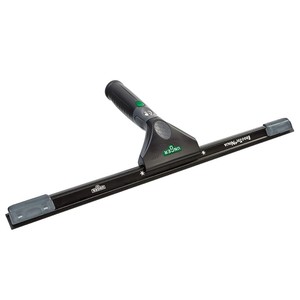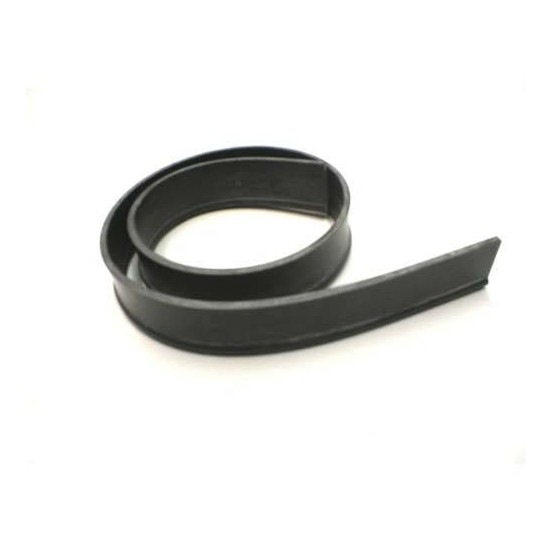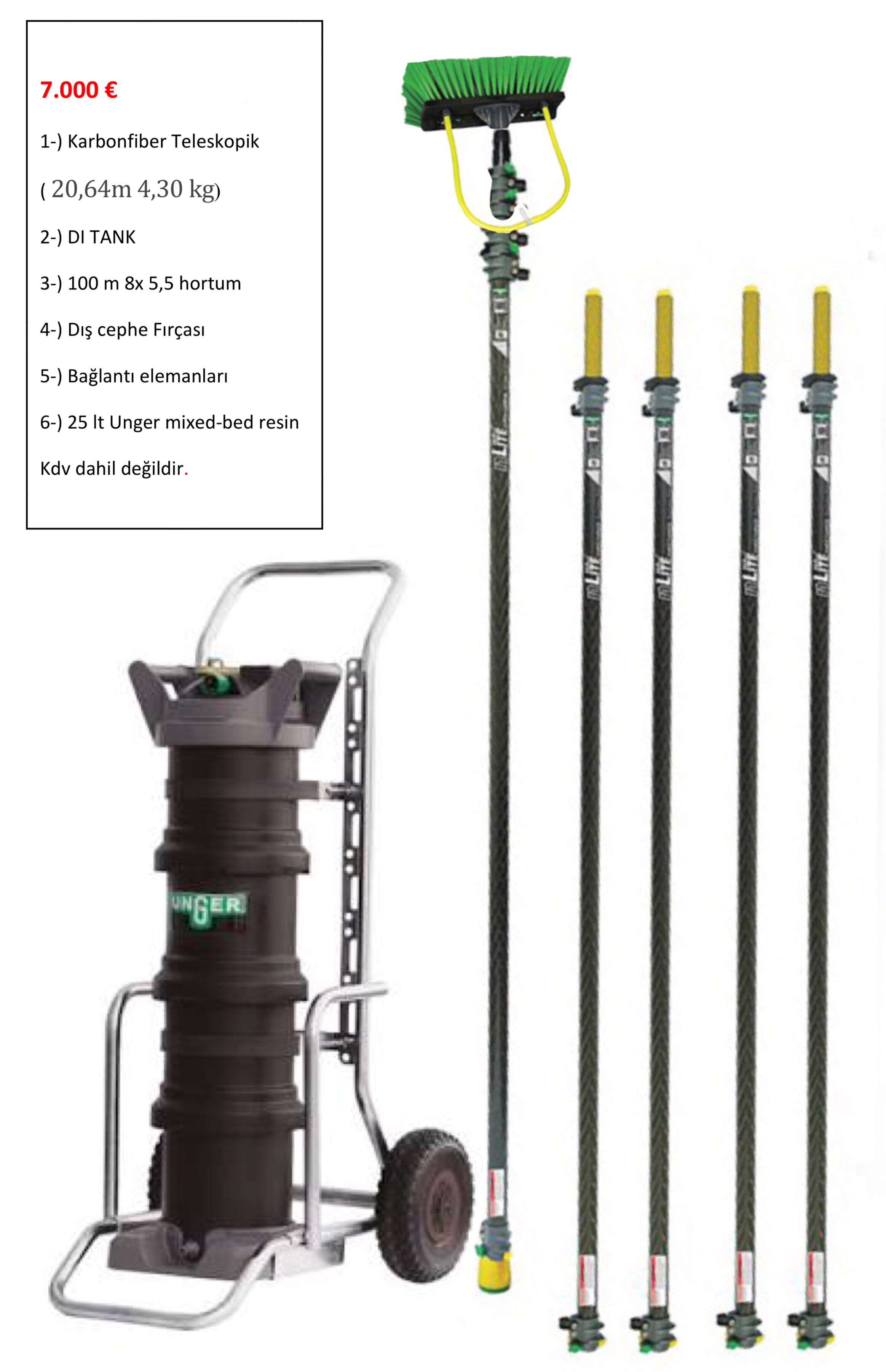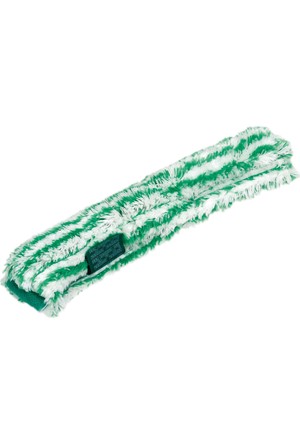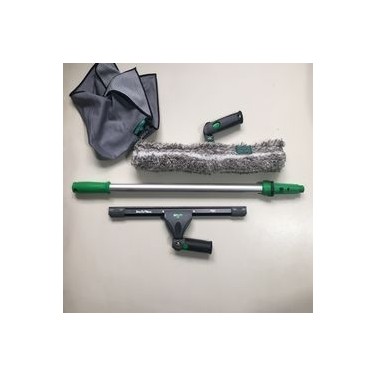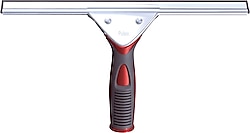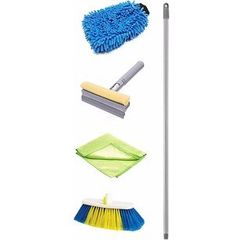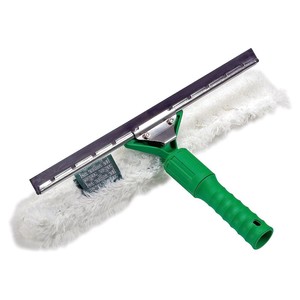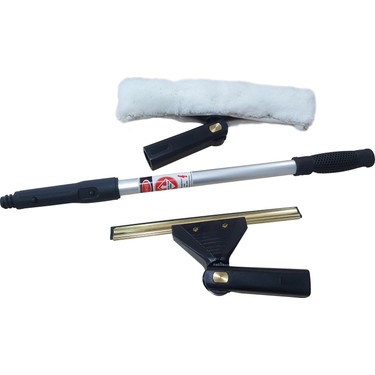
Miopack Camsil Silme Aparatı Çekçek Metal 45cm+mikrofiber Peluş Ve Aparatı 45cm Temizlik Seti Cam Sileceği Fiyatı, Yorumları - Trendyol

Unger Pencere temizleme seti (pencere sileceği, taşıyıcı parça, mikrofiber kılıf, kova 18 l, genişlik 35 cm, cam sileceği başlangıç seti) AK013 : Amazon.com.tr

UNGER Pencere temizleme seti 1,25 m (pencere sileceği, uzatma çubuğu, mikrofiber bezler, iz bırakmayan temizlik dahil) AK131 : Amazon.com.tr: Ev ve Yaşam

Unger Pencere temizleme seti (pencere sileceği, taşıyıcı parça, mikrofiber kılıf, kova 18 l, genişlik 35 cm, cam sileceği başlangıç seti) AK013 : Amazon.com.tr

Unger OptiLoc teleskopik çubuk 1,25 cm (pencere temizleme aletleriyle uyumlu, ergonomik sap, kaymaz uç kapağı, 2 bileşenli döner kilit) EZ120 : Amazon.com.tr: Ev ve Yaşam



